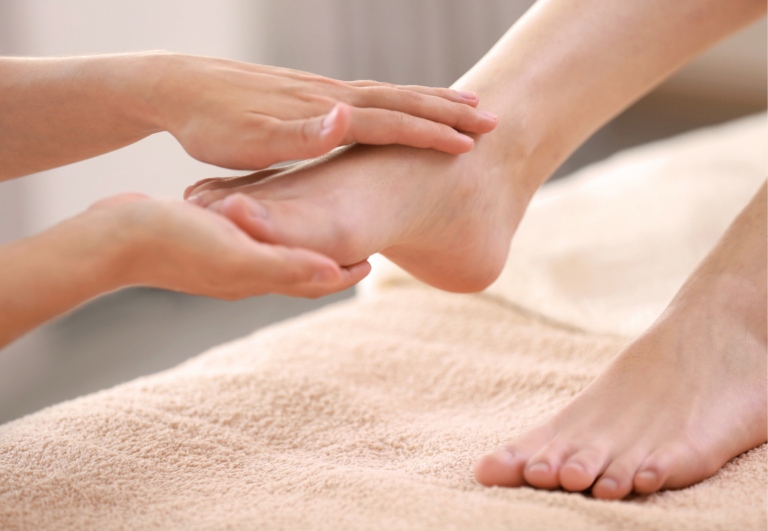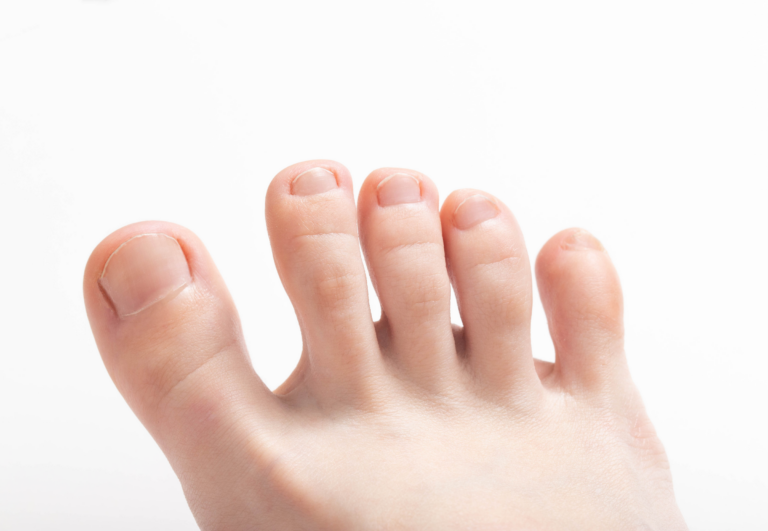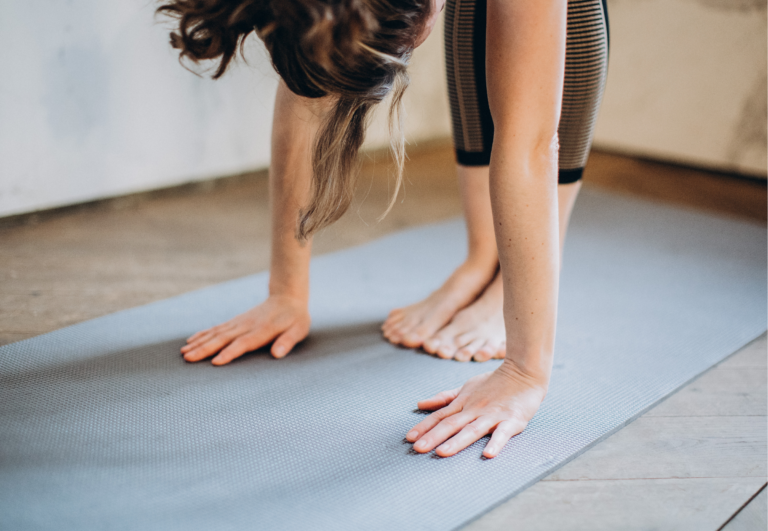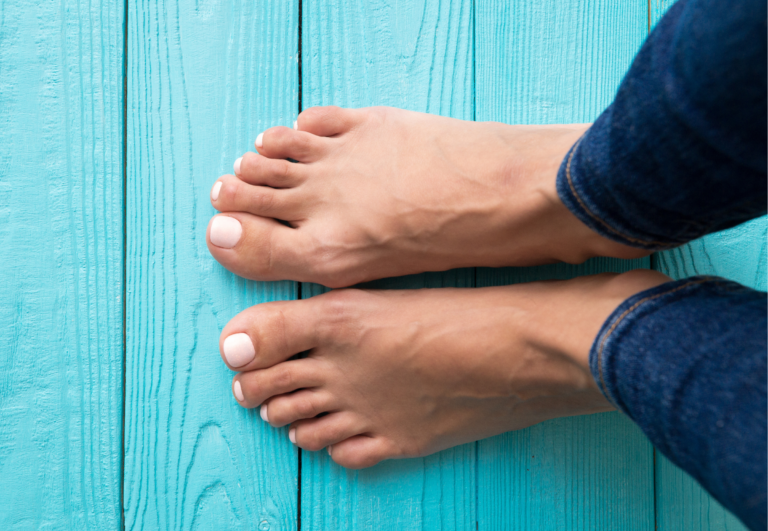Is it Safe to Wear Toe Spacers All Day? Understanding the Risks and Benefits
Toe spacers have become a popular tool for those seeking comfort and improved foot health. As someone who has spent considerable time using toe spacers, I understand the relief they can bring to cramped toes. These simple devices work by separating the digits, potentially improving alignment and reducing the risk of foot deformities over time. They are designed not only to provide comfort but also to address the stresses our feet endure from tight-fitting shoes or prolonged standing.
However, the safety of wearing toe spacers all day is a topic of debate. While some individuals report benefits from extended use, it is generally advised to start wearing them for short periods. The idea is to allow the feet to adjust gradually and avoid any potential discomfort. It’s important to listen to your body’s signals; if you experience pain or discomfort, it’s a sign to decrease the duration of wear.
Though toe spacers can be worn throughout the day by some, it’s crucial to build up tolerance and ensure your feet are comfortable with increased wear times. Safety should always be the priority, and wearing toe spacers should be approached with a strategy that is attuned to individual foot needs and health. Practically, this could mean incorporating toe spacers into your routine by starting with just an hour a day and gradually increasing as your feet adapt.
Is it Safe to Wear Toe Spacers All Day?
Wearing toe spacers all day is generally not recommended, especially for beginners who are not yet accustomed to them. It’s important to gradually increase the wear time to allow the feet and toes to adjust.
Here are some points to consider regarding the safety and usage of toe spacers:
- Gradual Introduction: Start by wearing toe spacers for short periods, such as 15-30 minutes at a time, and gradually increase the duration as comfort allows (Gait Happens).
- Monitor for Discomfort: Pay attention to any signs of discomfort or pain. If toe spacers cause pain, discontinue their use and consult a healthcare provider.
- Not for All Activities: It’s generally not advised to wear toe spacers during high-impact activities or in tight shoes that don’t allow for proper toe splay (Correct Toes).
- Nighttime Use: Some people may use toe spacers at night while sleeping, but this should be done with caution and potentially under the guidance of a healthcare professional.
- Consult a Professional: Before wearing toe spacers all day, it’s best to consult with a healthcare professional, particularly for those with existing foot conditions or those who are unsure about the correct usage.
Using toe spacers safely involves listening to your body and adjusting usage as needed to avoid causing any harm to your feet.
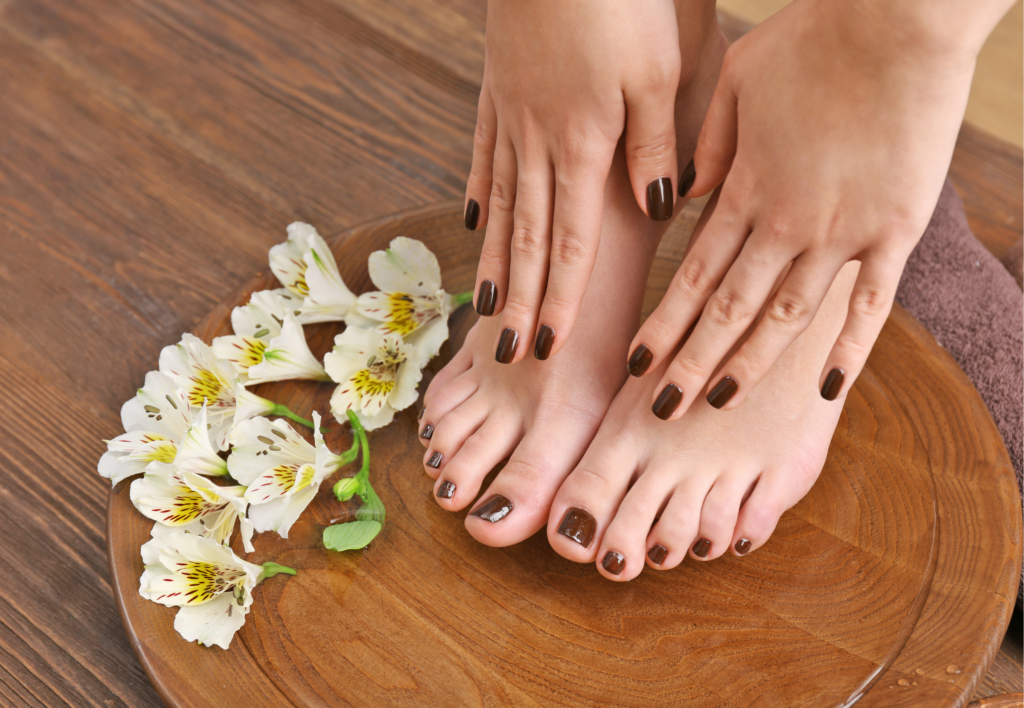
Quick Overview of Toe Spacers
Toe spacers are devices designed to realign and maintain proper toe positioning. Their use can improve foot health and alleviate various foot-related problems.
Materials and Design
Toe spacers are typically constructed from materials like silicone, gel, or foam. Silicone is a preferred material due to its durability and flexibility, allowing it to maintain shape while providing comfortable cushioning.
The design of toe spacers varies, with some intended for all-day wear and others like YogaToes meant for shorter durations. Products may differ in the spacing distance and whether they separate all toes or just target specific ones.
Types and Uses
Different types of toe spacers serve various purposes:
- Toe separators are often softer and meant for temporary relief, particularly after a long day of wearing restrictive shoes.
- Toe spreaders are more robust and used during activities like yoga to help strengthen foot muscles.
Both types aim to enhance foot alignment and relieve pressure from conditions caused by tight footwear. However, user needs differ, and while some might prefer a full-foot design, others might opt for single-toe solutions.
Benefits of Wearing Toe Spacers
Toe spacers offer notable benefits for foot health, specifically in fostering correct toe alignment and providing pain relief. These devices can be instrumental in addressing various foot conditions while promoting toe health.
Alignment and Pain Relief
My experience has shown that consistent usage of toe spacers can enhance toe alignment and provide considerable pain relief. By gently separating the toes, they encourage the proper positioning, which can alleviate the strain on toe joints and muscles.
- Pain Relief: Many users report reduced foot pain related to common issues like bunions and hammertoes.
- Balance and Stability: Proper toe alignment contributes to improved balance and stability during movement.
Foot Conditions and Toe Health
Toe spacers can play a role in the management and prevention of several foot conditions, supporting overall toe health.
- Bunions and Hammertoes: Regular use of toe spacers can help in realigning the toes, potentially slowing the progression of bunions and hammertoes.
- Plantar Fasciitis: By promoting correct foot posture, toe spacers may aid in relieving the symptoms of plantar fasciitis.
Toe Health Checklist:
- Alignment: Check if toes are in a natural position.
- Strength: Perform exercises to maintain foot strength.
- Condition Monitoring: Be aware of changes in foot conditions.
Safety and Precautions with Toe Spacers
Wearing toe spacers can be safe if done correctly, but it’s important to follow proper guidelines to avoid potential side effects.
Guidelines for Use
- Start Slowly: When beginning to use toe spacers, wear them for short periods of time to prevent discomfort. Gradually increase the time as your toes adjust.
- Proper Fit: Ensure the toe spacers fit well. Incorrect sizing can cause pressure and pain.
- Consult a Professional: Before using toe spacers extensively, consult with a podiatrist or healthcare professional, especially if you have pre-existing foot conditions.
Possible Side Effects
- Discomfort: You might initially experience discomfort when wearing toe spacers, as your feet are not used to being in that position.
- Circulation Issues: If toe spacers are too tight, they can restrict circulation, leading to other foot problems.
- Foot Care: Continuous use without proper foot care can exacerbate issues like ingrown toenails or calluses. Regularly examine your feet for any changes or signs of pressure sores.
Maintaining open communication with a healthcare professional, like a podiatrist, and adhering to their guidelines and recommendations is crucial for safe use of toe spacers.
Incorporating Toe Spacers into Daily Routine
Toe spacers can be an integral part of a daily routine for those looking to enhance foot mobility and alleviate pain. Their proper integration requires attention to the activities they are paired with and the type of footwear worn.
Activities and Exercises
I recommend starting with toe spacers during static activities, such as sitting or lying down, and gradually incorporating them into active exercises. Yoga and stretches are ideal because they naturally complement the fit and stretch functions of toe spacers. For athletes or individuals engaged in running or other sports, it’s crucial to listen to the body and use toe spacers for warm-up or cool-down routines to potentially improve athletic performance.
- Begin with 10-15 minutes of toe spacer use during low-impact activities.
- Gradually increase usage time to 30-60 minutes while engaged in foot-centric exercises.
Footwear Considerations
When it comes to daily wear, the fit of your footwear alongside toe spacers is key to avoiding additional foot pain. Choose shoes with wider toe boxes to accommodate the spacers. If you’re considering using toe spacers while active, ensure they fit comfortably within the shoe and don’t impede your movement. For longer periods, consider insoles designed to complement toe spacers for improved foot alignment.
- Select shoes with enough room to house toe spacers without compression.
- Consider special insoles for an enhanced fit and support.
Maintenance and Long-Term Use
Maintaining your toe spacers is crucial for ensuring both comfort and hygiene during long-term use. High-quality materials and appropriate cleaning practices can extend their lifespan significantly.
Cleaning and Care
I recommend cleaning toe spacers regularly to prevent the build-up of bacteria and odors. For most silicone-based spacers, use warm water and mild soap. Follow these steps:
- Rinse spacers under warm water to remove any debris.
- Gently clean with a soft brush or cloth using mild soap.
- Air dry completely before the next use to prevent moisture-related issues.
Avoid harsh chemicals as they can degrade the material, reducing cushioning and compression.
When to Replace
Toe spacers should be replaced when they show signs of wear such as tears, decreased elasticity, or permanent deformation. Consider these points:
- Material Durability: Silicone tends to be durable, but check for stiffness or cracks.
- Cushioning: Once compression is lost, the spacer is less effective at providing the intended separation.
Compression and comfort are paramount; if your toe spacers can no longer provide these adequately, it’s time for a new pair. Regular massage and maintenance can prolong their effectiveness, but even high-quality spacers have a finite lifespan.
